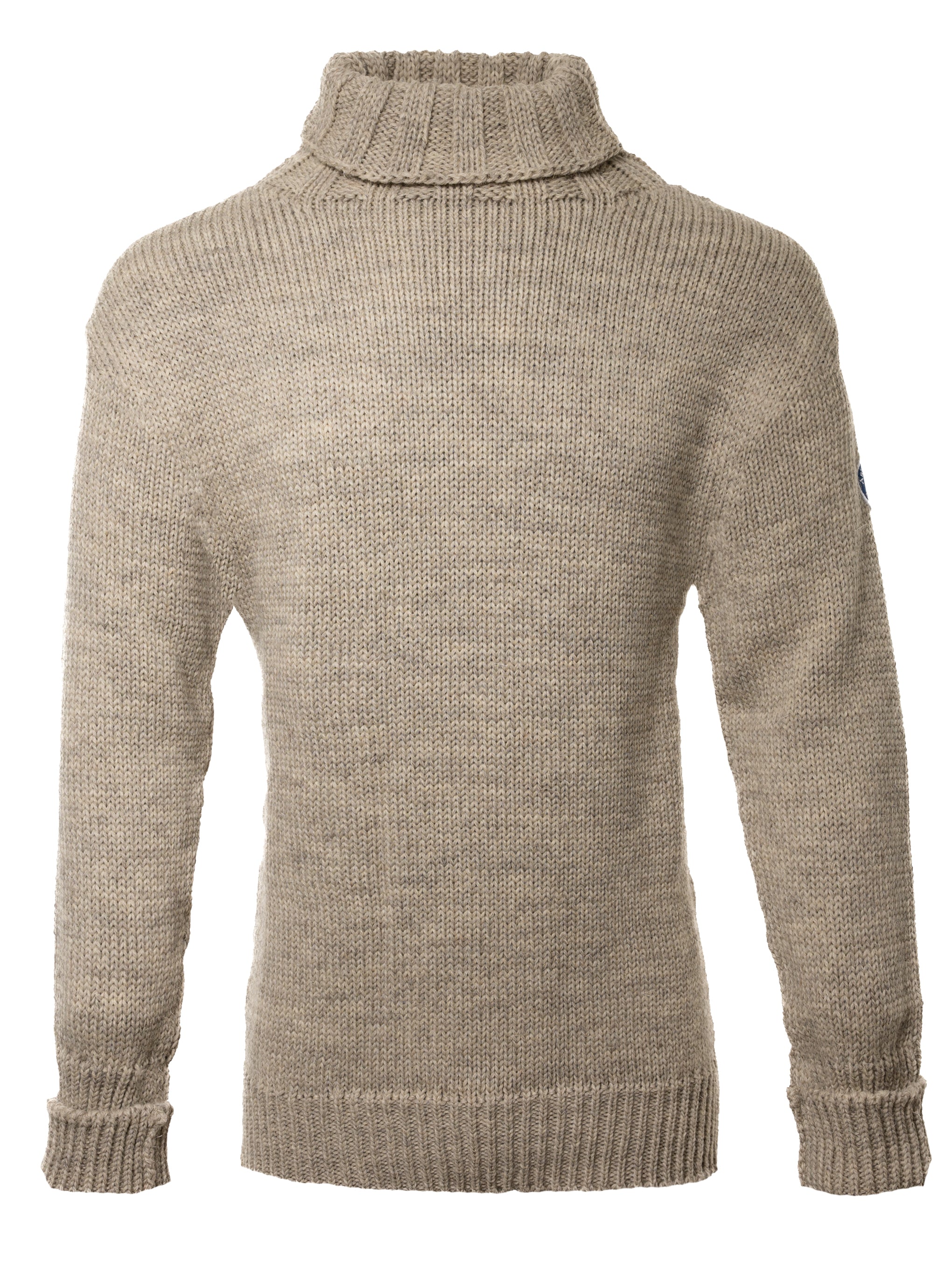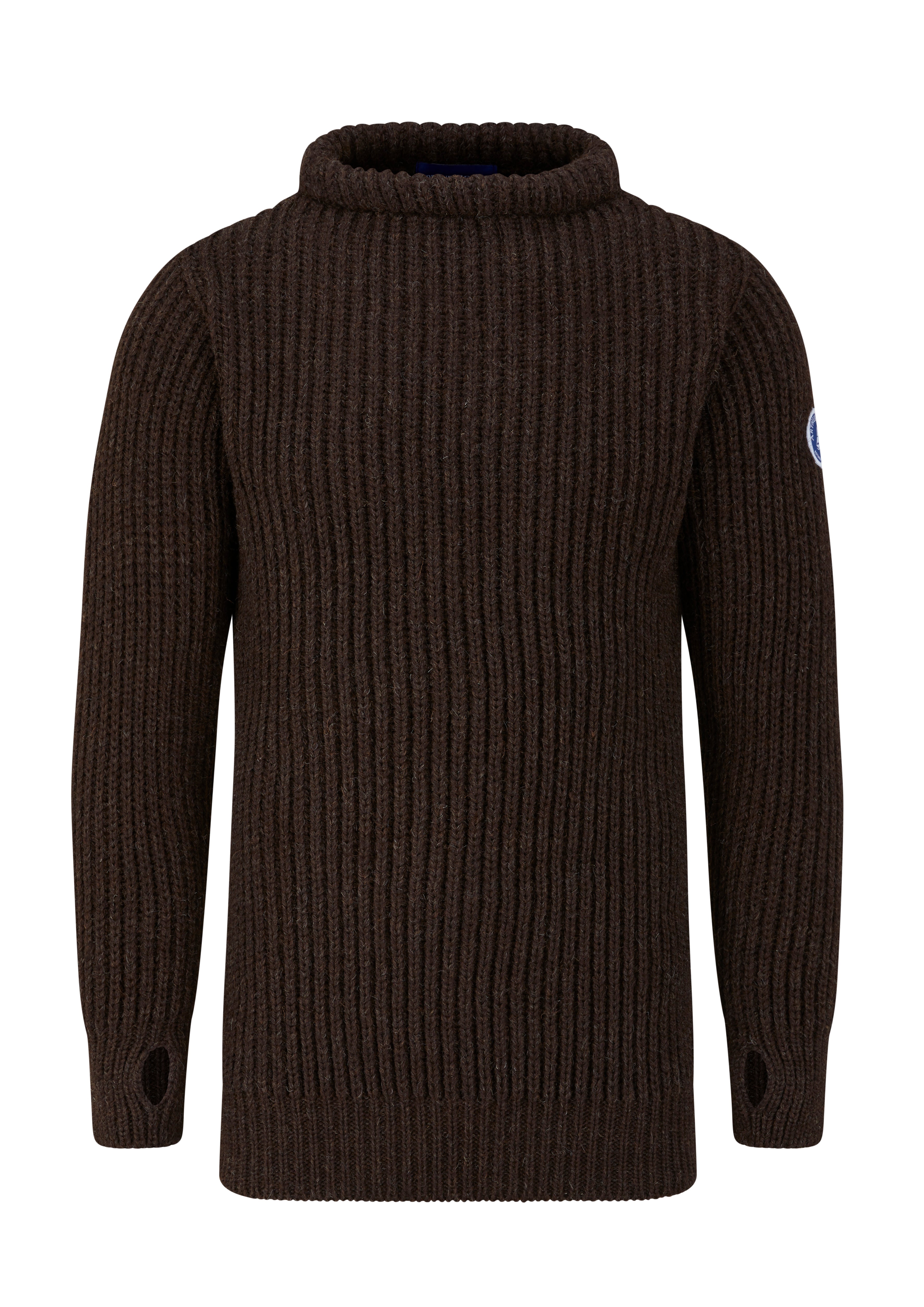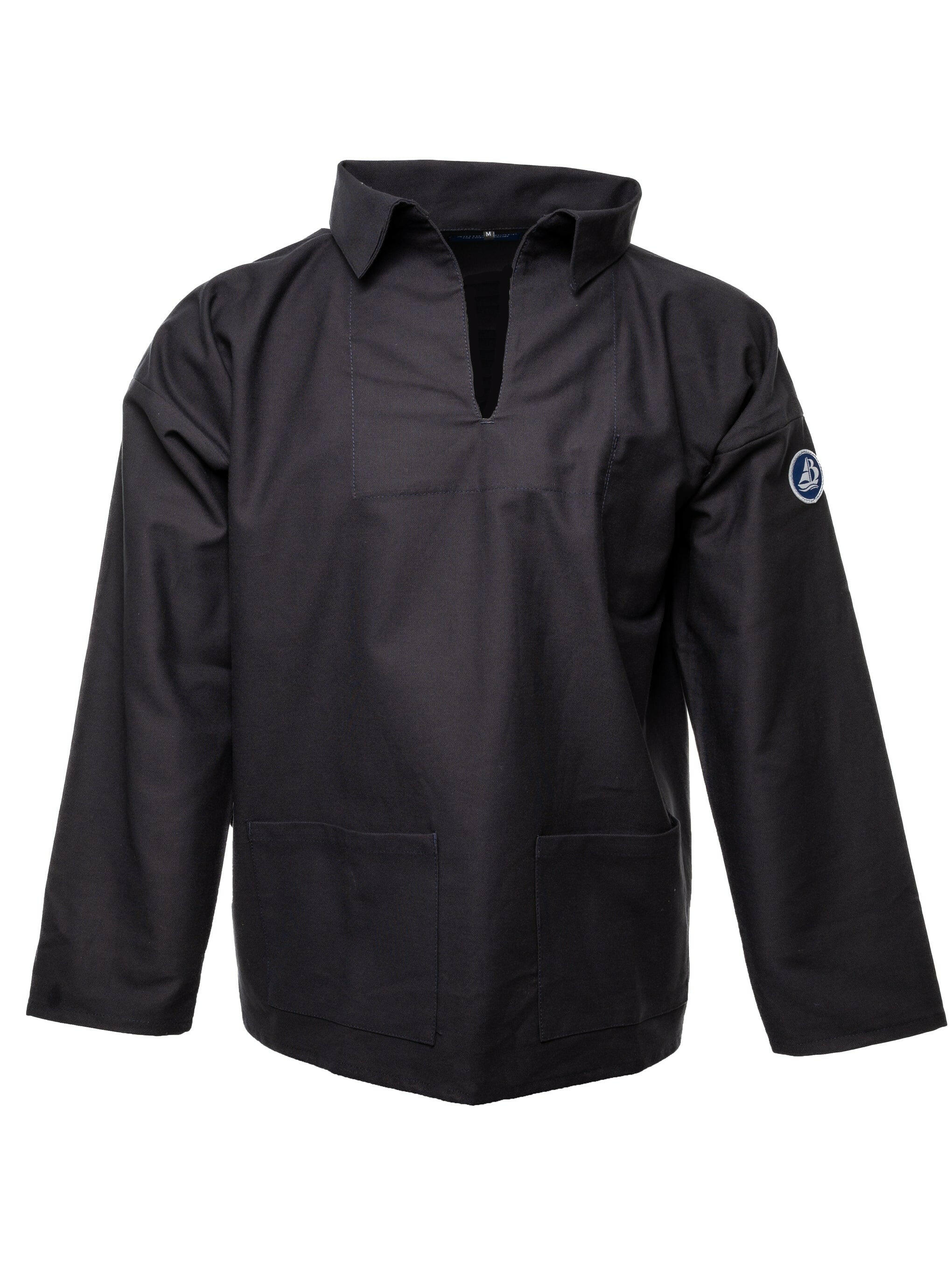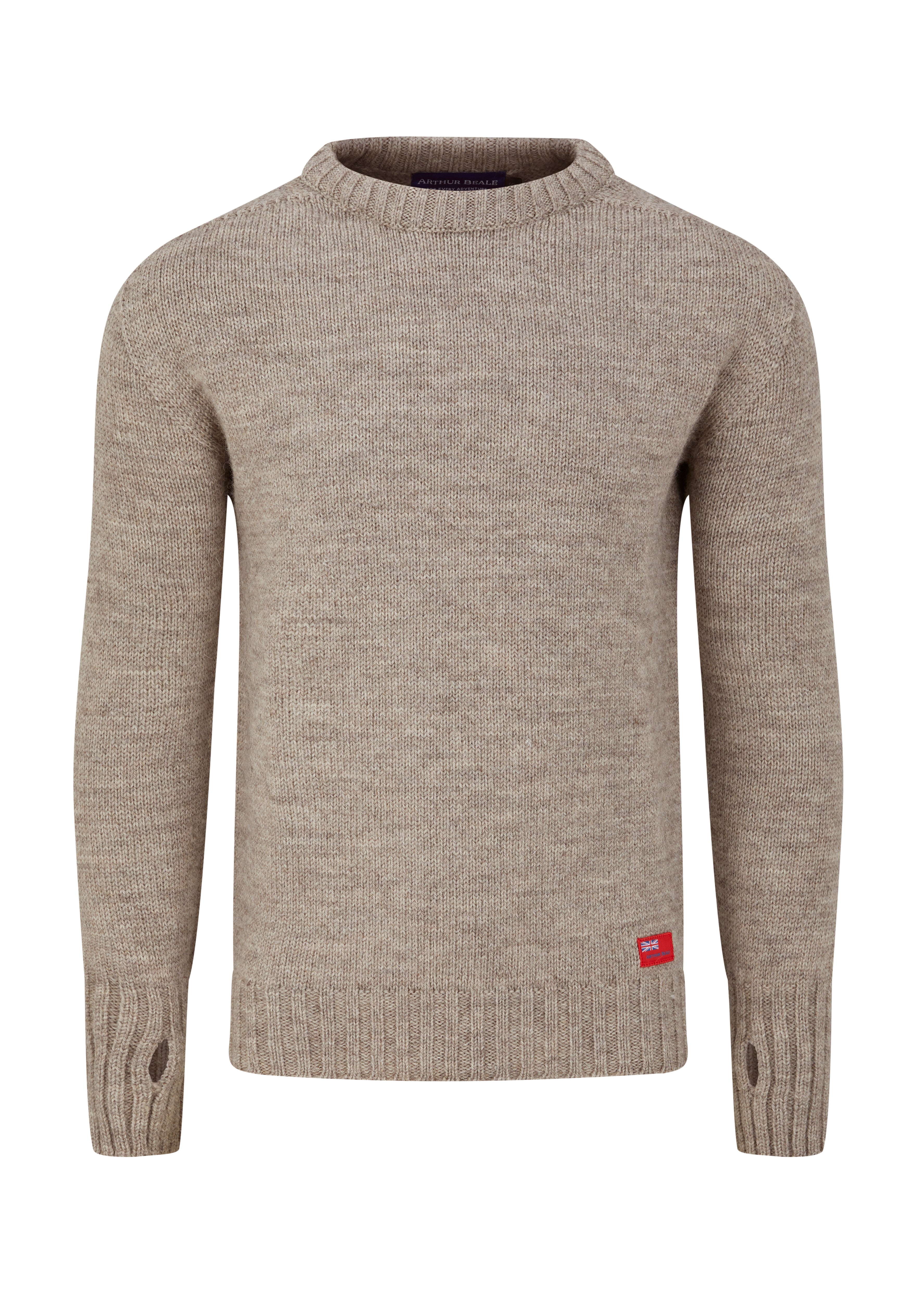What's the point of six monthly inspections?
 This M16 Stainless Steel (Grade 316) Eyebolt looks like it has been attacked by a lunatic with a grinder, or perhaps corroded by acid, or maybe subjected to a massive overload but it hasn't. It has simply been subjected to the wear and tear of a gym punch bag. I was amazed that a substantial fitting like this could have worn through but it is a regular occurrence in gymnasiums. Just imagine an eyebolt on the stem of a yacht bobbing up and down in the tideway or even worse an eyebolt holding a weight subjected to constant wind.
This M16 Stainless Steel (Grade 316) Eyebolt looks like it has been attacked by a lunatic with a grinder, or perhaps corroded by acid, or maybe subjected to a massive overload but it hasn't. It has simply been subjected to the wear and tear of a gym punch bag. I was amazed that a substantial fitting like this could have worn through but it is a regular occurrence in gymnasiums. Just imagine an eyebolt on the stem of a yacht bobbing up and down in the tideway or even worse an eyebolt holding a weight subjected to constant wind.
Lifting equipment needs a thorough inspection every six months or in accordance to an inspection schedule made up by a competent person. Yacht rigging normally gets a decent inspection at the end of each season when the mast is lowered and the boat laid up but it is obvious that this may not be enough. Many skippers take a precautionary trip up the mast in the boson's chair before a long crossing but even from the deck with a decent set of binoculars it is surprising what can be seen.
Eyebolts are tricky things. Did you know that they should only ever be hand tightened? Here lies a dilemma as eyebolts must be seated completely flush to the surface and the direction of the pull must be in the plane of the eye. Sadly when you screw in the eyebolt it will not necessarily seat down and lie in the correct direction. To rectify this, shims must be used, never stick a tommy bar through the eye and force it into alignment. If your pull is not vertical then the loading must reduced to match the angle (but still in the plane of the eye). Some eyebolts, such as dynamo eyebolts, will only withstand vertical loads. If in doubt seek out a registered LEEA engineer to install your eye bolts. Check them frequently and please don't let then wear down as far as this one!












Leave a comment
This site is protected by hCaptcha and the hCaptcha Privacy Policy and Terms of Service apply.